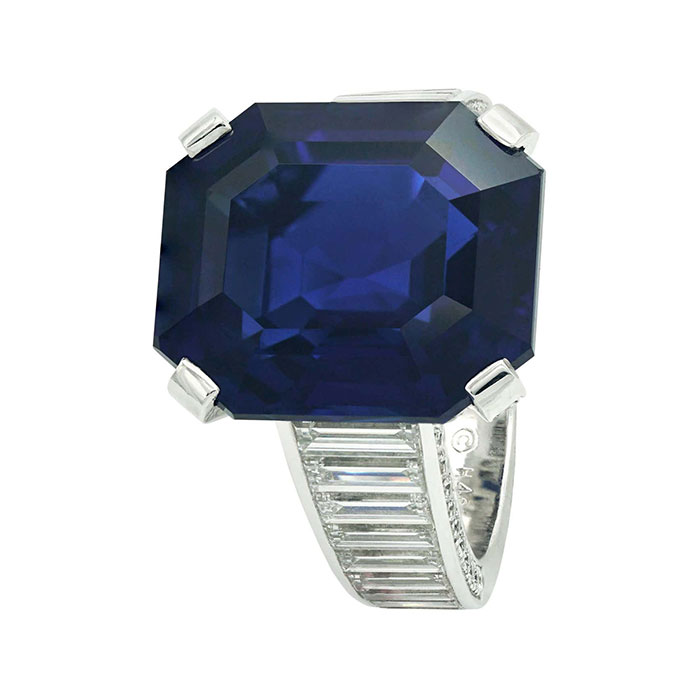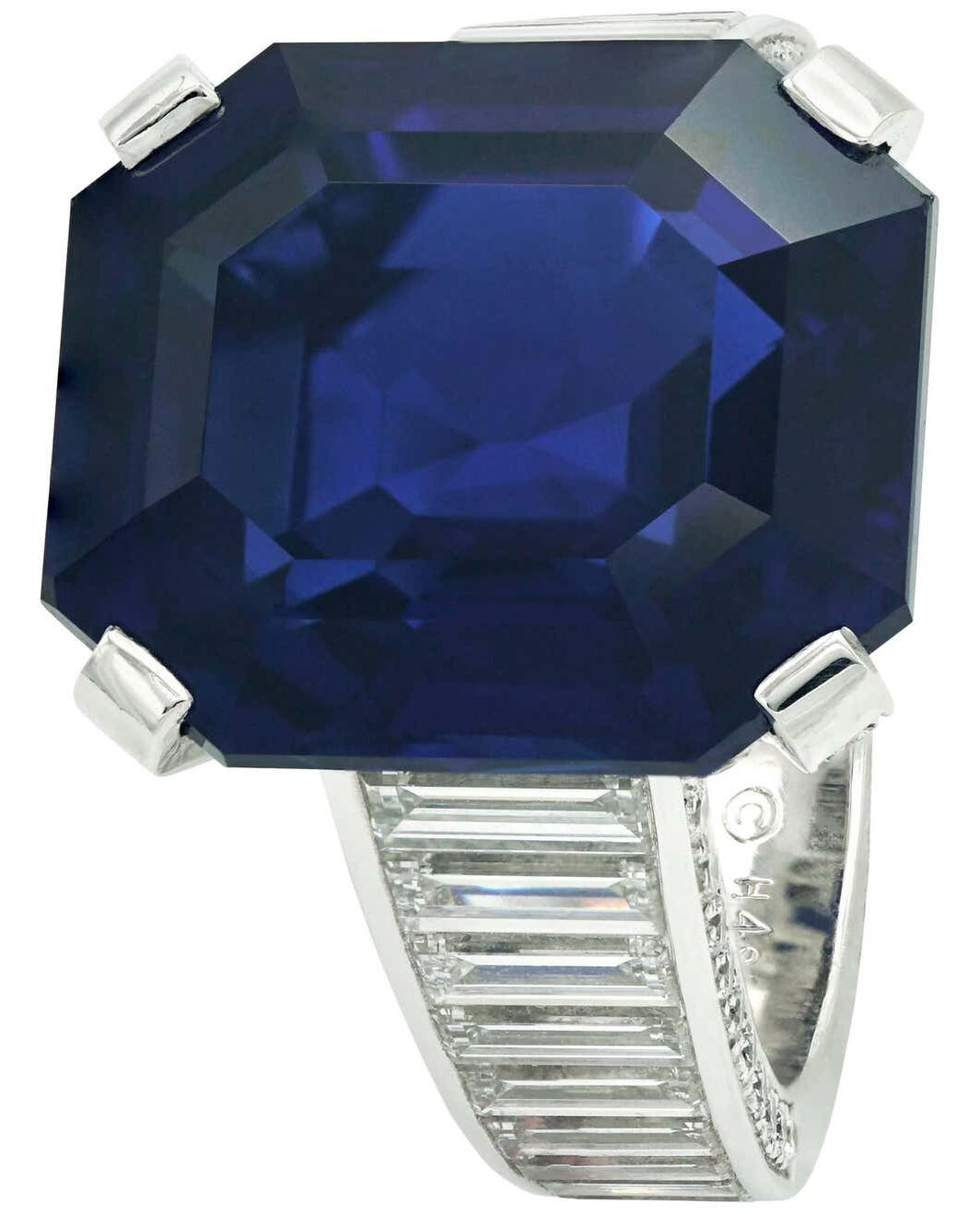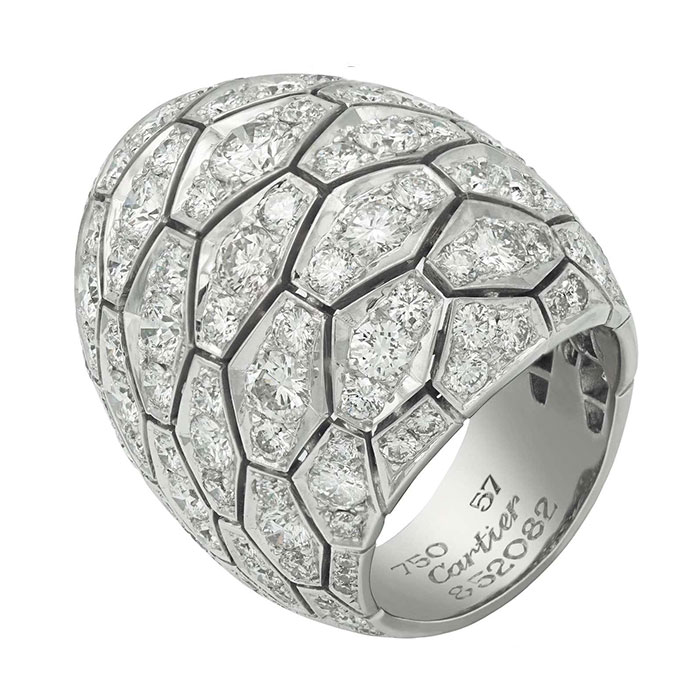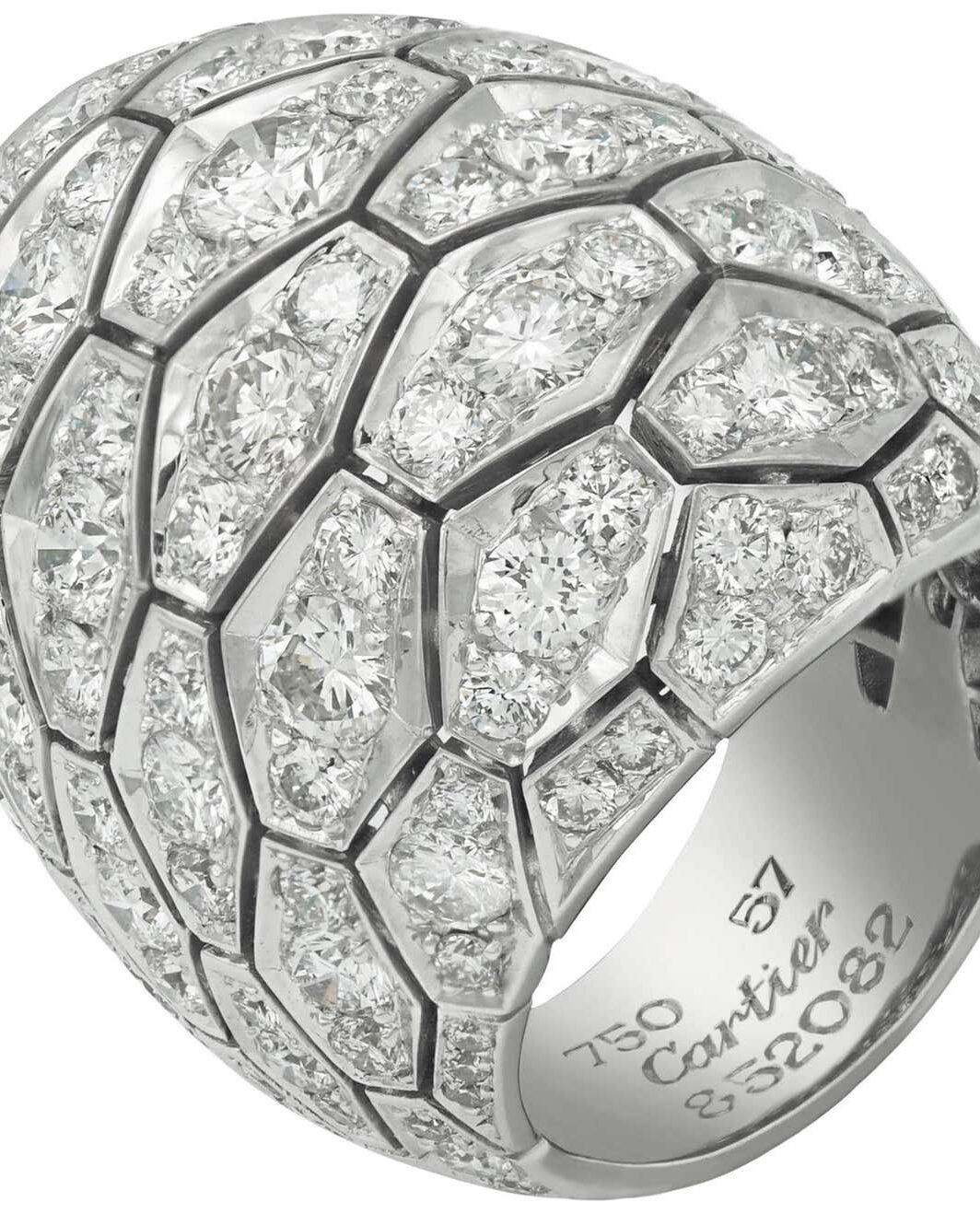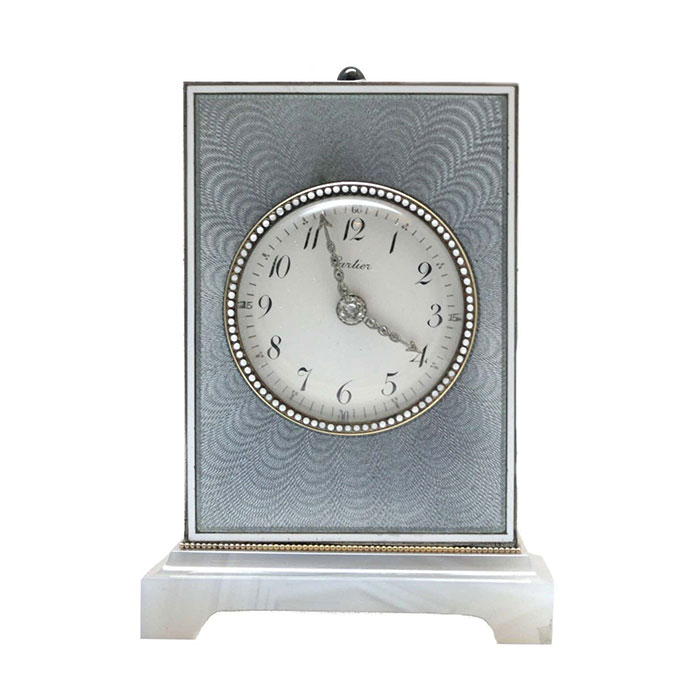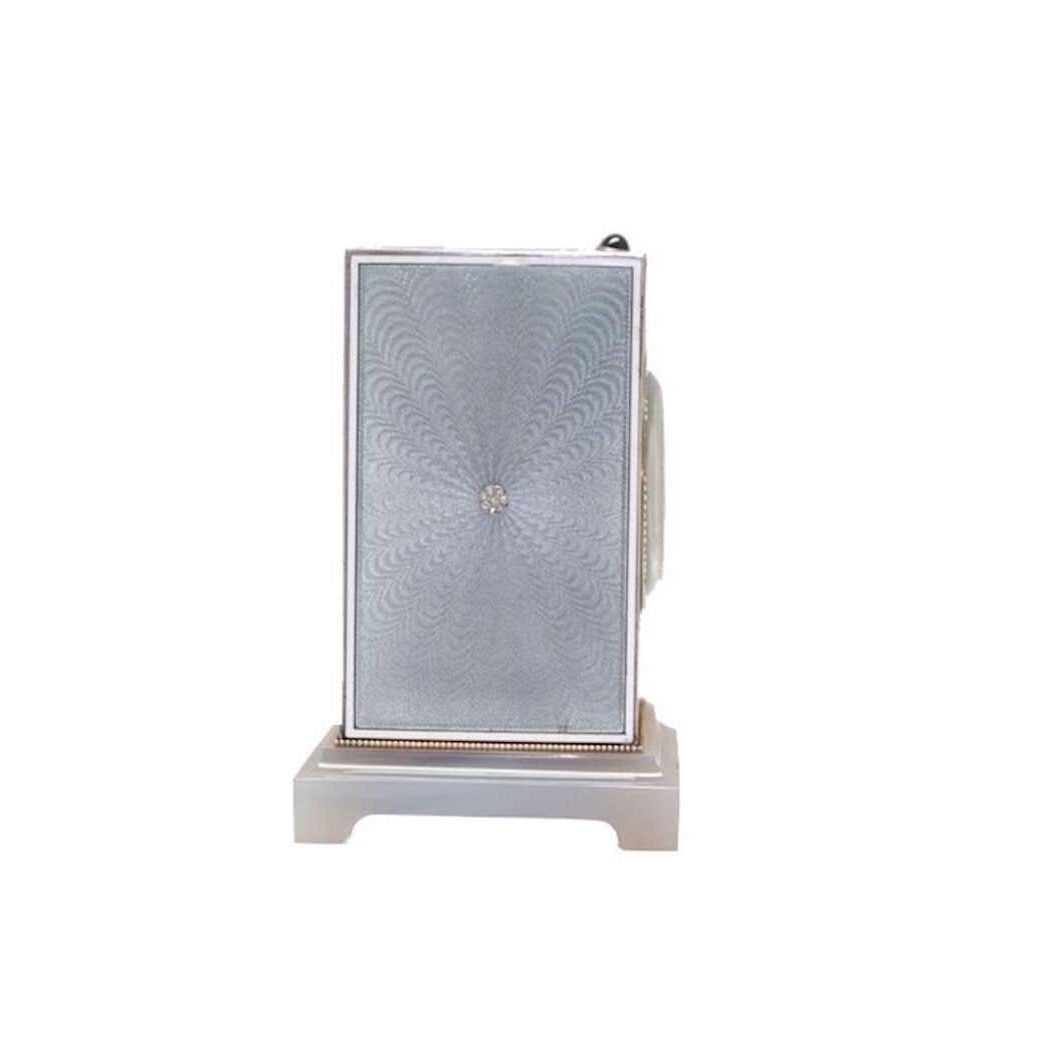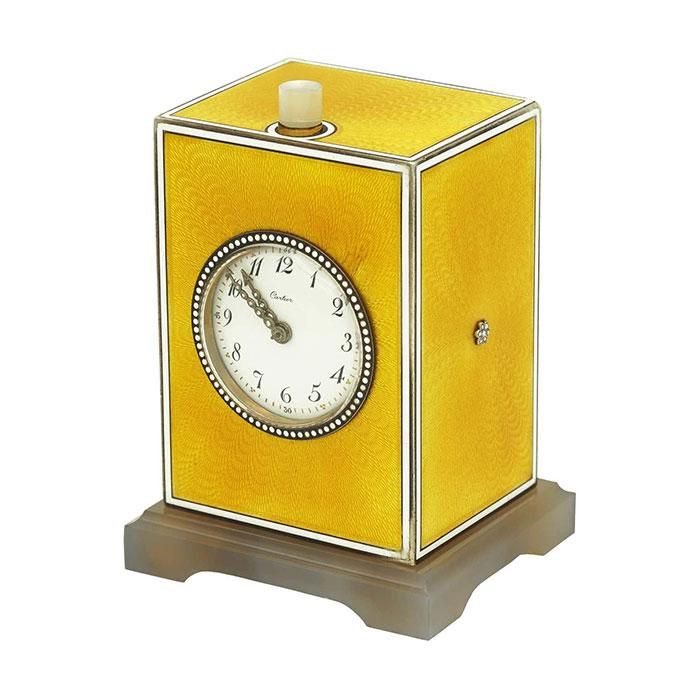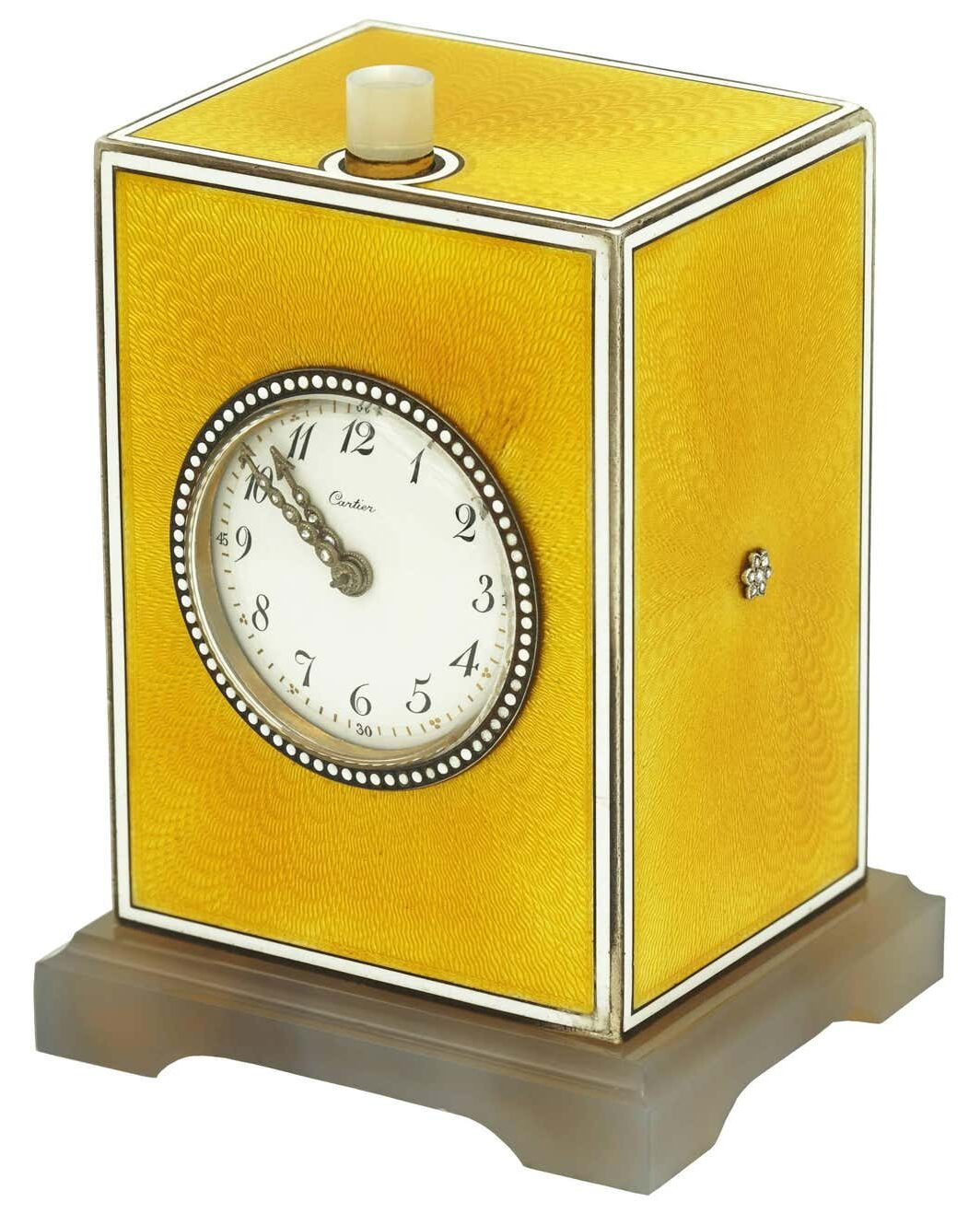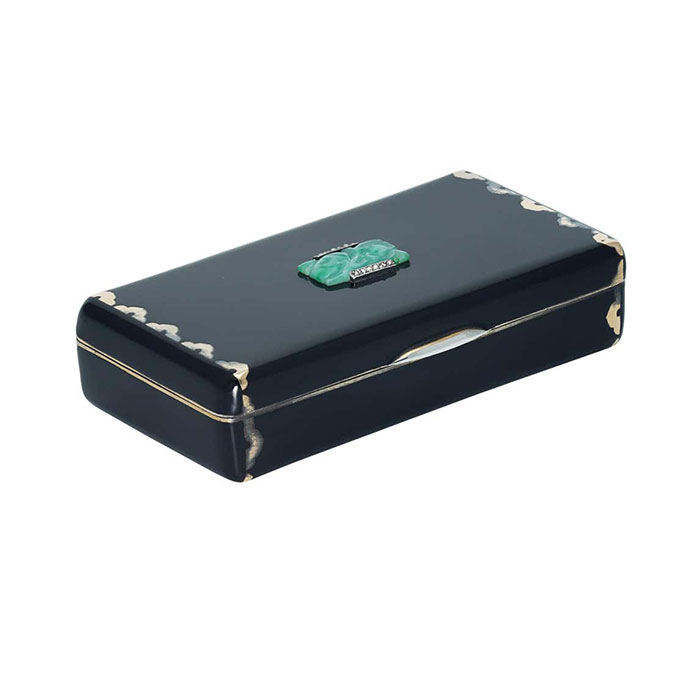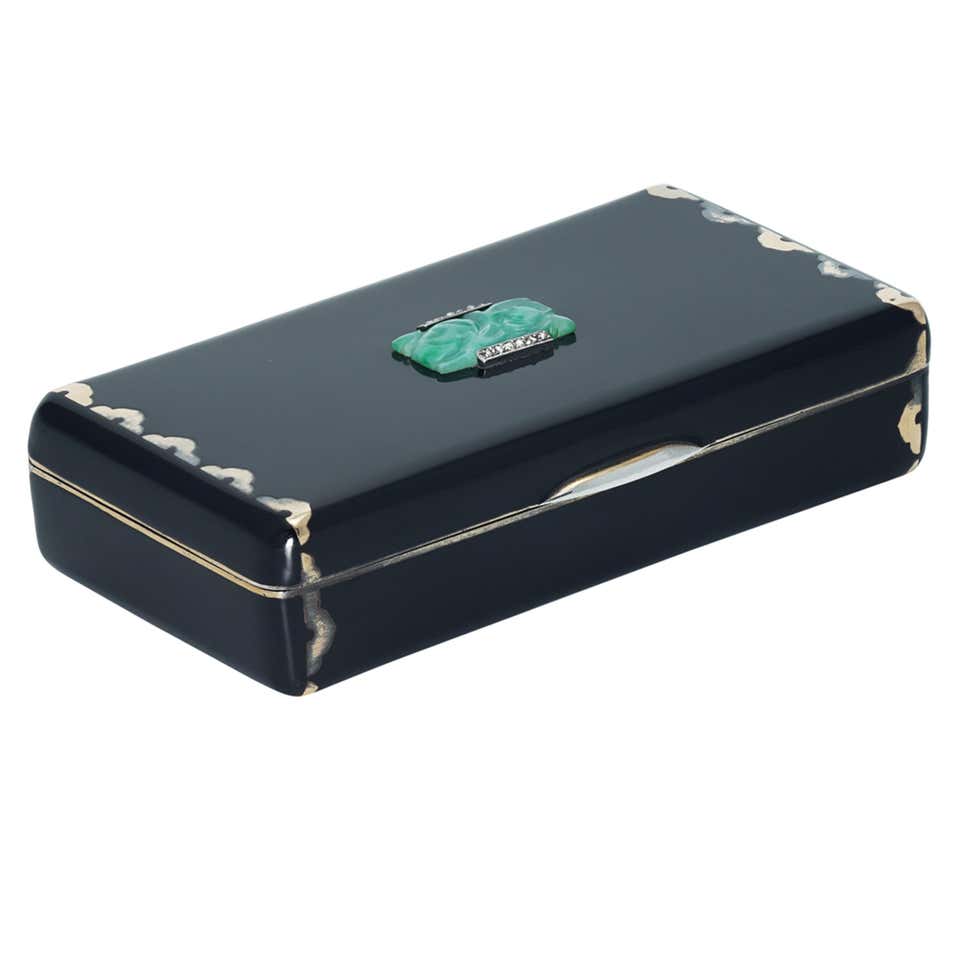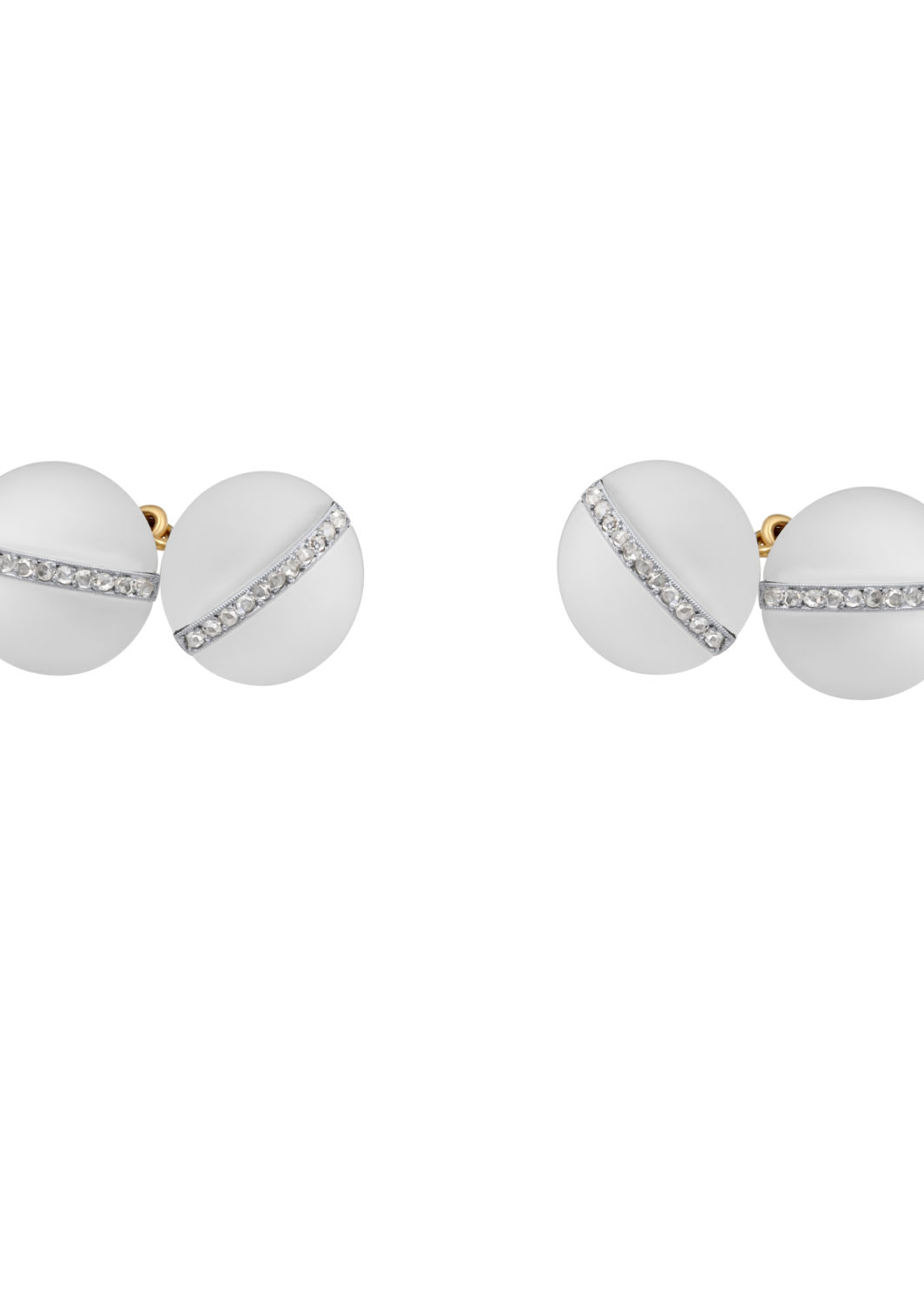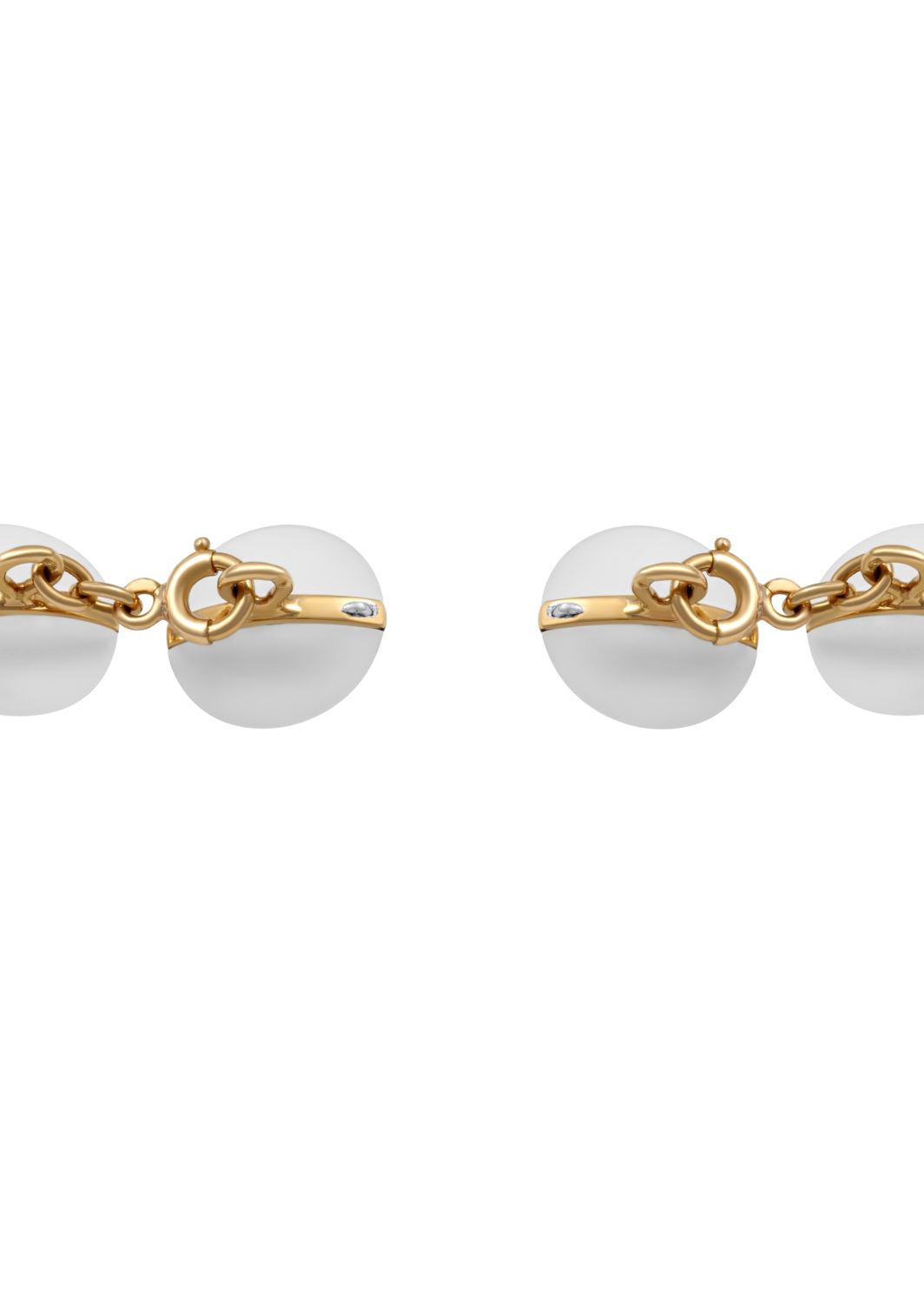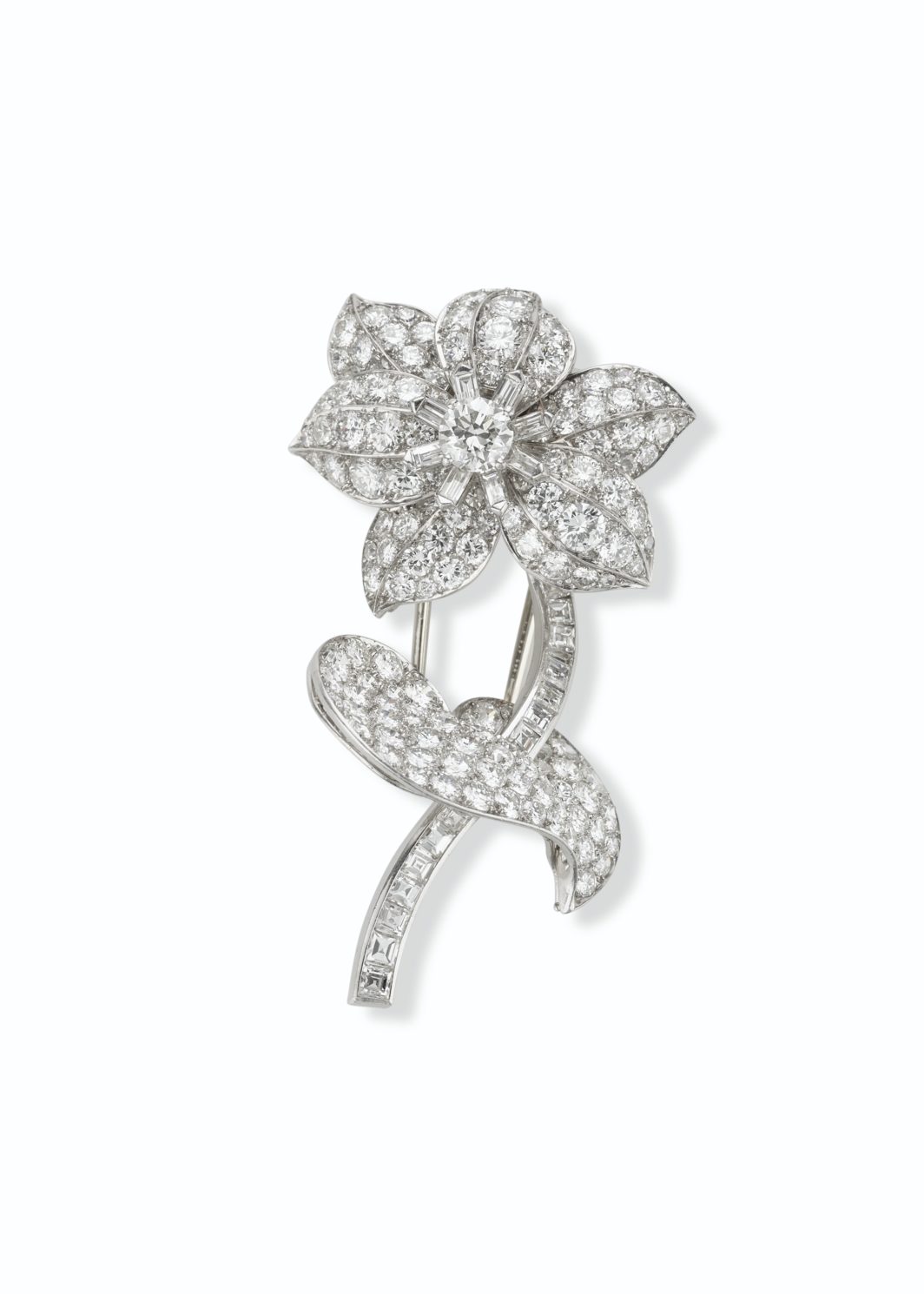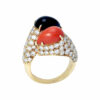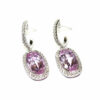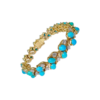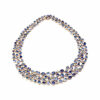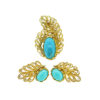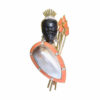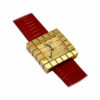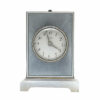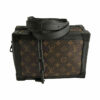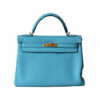CARTIER
CARTIER “Jeweller of kings and king of jewelers”
CARTIER
- Sorry, this product cannot be purchased.
History of CARTIER
Galerie Montaigne Monte Carlo research and collects Cartier creations especially of Art Deco period, considered to be the most refined in the history of jewellery, at a time when the arts, decorative arts and architecture explored the purity of lines. Our jewellery shop in Monaco identifies purchases and certifies necklaces, bracelets, rings and earrings by Cartier in platinum, diamonds or precious stone.
Our Cartier jewels in Monaco are signed, numbered and authenticated by Cartier. To acquire and collect Cartier is a highly recommended investment and those jewels remain of a timeless stunning beauty.
Second Half of the XIXth Century, early XXth Century
Grandson of a metal turner in the service of the royal family, son of a powder horn maker, Louis-François Cartier (1819-1904) does his jeweller apprenticeship in the workshop of Adolphe PICARD Rue Montorgueil in Paris. In 1847, Picard gives him the charge of his jewellery and, in 1859, Cartier moves to Boulevard des Italiens because he needs more space.
Cartier’s relationship with Royal families begins with a purchase of Princess Mathilde, niece of Napoleon I, followed by the command of a silver tea set by Empress Eugenie, wife of Napoleon III.
In 1870, Alfred Cartier (1841-1925) joins his father and in 1899, the premises are relocated 13, rue de la Paix, where they are up to this day. Until then the workshop followed fashion with no particular distinctive element but a genuine policy of jewellery creation is settled. Alfred Cartier decides to privilege the Garland style, which is, according to him, more suitable for the aristocratic customers he seeks to seduce, rather than using Art Nouveau in vogue at that time.
Alfred gives the direction of the company to his three sons: Louis (1875-1942), Pierre (1878-1964) and Jacques (1884-1941). The outcome will be dazzling.
Cartier is a pioneer in the use of platinum, a white alloy, has a time in witch white gold doesn’t exist. Furthermore this unalterable precious metal can make almost invisible crimp and give both lightness and strength to jewels while revealing the shine of gems, particularly with diamonds. Cartier excels in the work of platinum, liberating his creativity in the Garland style. It inspired by the eighteenth century French neoclassicism, with motifs of laurel leaves, ribbon, knots, lace.
Alberto SANTOS-DUMONT, aviator and friend of Louis Cartier, inspired him the famous “Santos” wristwatch. It’s not easy checking the time on a pocket watch while piloting a plane. Louis launches the first wristwatch Santos in 1904 and then Santos II in 1911.
Pierre Cartier opens a store in New York in 1909 and widens the customer’s range: in addition to bankers, industry tycoons and aristocrats, stars from Broadway and Hollywood adopt Cartier.
In 1910, Cartier hires Jeanne TOUSSAINT, quickly nicknamed the Panther after her feline elegance, safety of judgment and strong character. With her the panther, graceful, smooth and sharp, will become an icon of Cartier. Jeanne Toussaint is much appreciated and major customers such as the duchess of WINDSOR, Violette LEDUC or the Princess BIBESCO recognize her talent. She is appointed Fine jewellery director of Cartier in 1933.
Cartier sells the famous HOPE blue diamond of 45,52 carats in 1910 to Evalyn WALSH MCLEAN, daughter of a Washington gold rush fortune.
ART DECO Period
Art Deco will appears in the years 1915, but Cartier began making jewellery promoting modern forms, while announcing the beginnings of Art Deco in 1904. Cartier had a major role in the history of decorative arts.
Cartier is strongly by inspired by China, Japan, Egypt, Persia, all those exotic colours, arts and styles serving their creations. For example, the scarab in carved hard stone is integrated on jewellery, or the “Persian leaves”. For lacquered jewellery and boxes and other crafts Cartier will appeal to Asian craftsmen.
But their major inspiration at that time is India, coming up with the Tutti Frutti style, associations of festive colours and engraved stones recalling Mughal jewellery and it’s natural themes. The Maharajas adore Cartier style and reference system and entrust them with their most precious gems so as to have them sublimated with modern style ornaments.
During the 1920s, the famous Trinity ring is created; it’s still an iconic model of Cartier.
During the two next decades Cartier carves rock crystal.
Always in search of novelty, Cartier creates jewellery in carved crystal or combines yellow gold and Modern style, cf. the bracelet given to Marlene DIETRICH by Jean GABIN in 1930.
Second World War
During World War II, Cartier manufactures military insignia and patriotic jewellery like the “bird in cage” created by the designer Peter Lemarchand and Jeanne Toussaint, the encaged bird being a metaphor of occupied Europe. In 1944 at the French liberation, an open wings bird with a red coral body, lapis lazuli blue wings and white diamond paved head is a reference to the French flag.
Despite the difficulty of the period and the complexity to obtain precious stones, Cartier also produced extraordinary jewels such as the DUCHESS OF WINDSOR’s Flamingo pin.
Mid XXth century
The theme of the Panther reappears, for the Duchess of Windsor again in 1948, a yellow gold brooch representing this famous feline, in black enamel, emeralds and an impressive emerald cabochon. In 1949, a brooch in platinum, white gold, diamonds, sapphires and a Cabochon Cashmere sapphire of 152.35 carats. In 1952, an articulated bracelet set with diamonds and onyx.
The famous LOVE collection is created in 1969, “a symbol of commitment, it seals the passionate love affairs.”
The same year, Richard BURTON offers Liz TAYLOR a pear-cut diamond of 69.42 carats: the “Taylor-Burton” diamond
The Must de Cartier collection appears in 1973 aimed at a broader audience.
In 1975 for the Mexican actress Maria FELIX, Cartier creates a two crocodiles necklace, one paved with yellow diamonds, the other with emeralds, which can be separated and worn as a brooch, Legend says she had a baby crocodile as a model.
Cartier, jeweller of kings and king of jewellers
This sentence by King Edward VII perfectly illustrates the close relationship that Cartier has with aristocracy. In the early XXth century fifteen major royal families appointed Cartier as official supplier: King Edward VII of England, King Alfonso XIII of Spain, Tsar Nicolas II of Russia, Maha Paramindr Cherlalongkorn of Siam (Thailand), King Peter I of Serbia, King Albert Ist of Belgium, King Fouad I of Egypt, King Zog of Albania.
©Manon Chevassus

